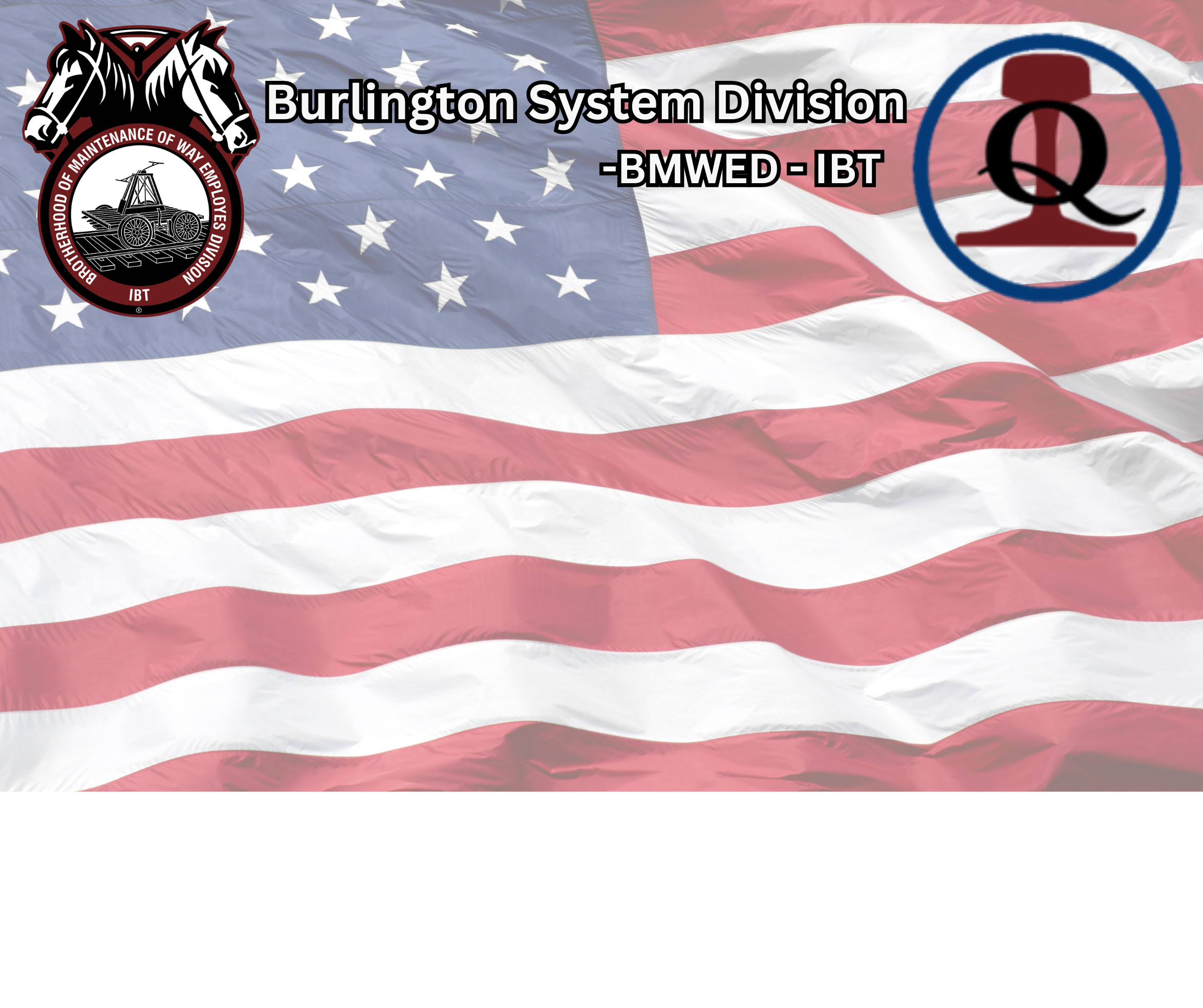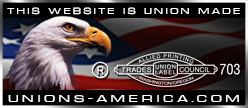|
Jeff Joines, our Union's Director of Government Affairs, shared some details from a pretty comprehensive DOT report on supply chain issues, including how PSR and railroad managements are impacting the US supply chain and how it can affect our work and livelihoods.
You can read Jeff's comments below, as well as find a link to the full report.
The White House released seven reports today on supply chain issues, including one from DOT. Here are some bullet points that relate to PSR and the Class 1 RR. It is quite an intensive read, A link to the full report is below.?
- The report says that a resilient freight system should: "Demonstrate responsive and flexible operations, such as an ability to reroute supply chains quickly and add capacity where needed in response to surges in demand".
- States that " independent regulatory agencies such as the Federal Maritime Commission and the Surface Transportation Board, and others, each play a significant role in supporting supply chain resilience"
- For the first time, the WH discusses PSR and that it has negative supply chain impacts " For example, the number of Class I railroad employees has declined by nearly 25 percent over the past two years. Railroads have increasingly adopted precision railroading, due at least partially to pressure from investors seeking to prioritize reducing operating ratios and increasing stock value over transportation efficiency and resilience. This business practice relies on longer trains to reduce costs; however, some shippers have complained that the practice has reduced performance and resilience, disrupted service schedules, and increased demurrage charges" A later section in the report also reads that "Some stakeholders have alleged that certain business practices have contributed to supply chain disruptions and should be evaluated for possible regulatory changes"
- On rail consolidation: "U.S. freight rail has also seen significant consolidation in the past several decades. Congress largely deregulated the rail industry in 1980 under the Staggers Act, due in part to concerns about the long-term economic stability of the 26 Class I railroads that existed at the time. Initially, rail shipping rates dropped quickly. However, subsequent mergers among carriers in the 1980s and 1990s left just seven Class I railroads by 2001. Today, across much of the country, Class I railroads have few competitors within the geographies they serve. One analysis by a rail industry advocacy group indicates that rail shippers are bearing the financial burden of railroad consolidation (Figure 9). Between 2002 and 2019, long-distance trucking rates increased by 40 percent, at a similar rate to economy-wide inflation, while rail rates increased 96 percent, and non-competitive revenue has increased 230 percent on average since 2004."
- In numerous places, the report discusses the need for better information collection on freight transportation metrics. However, in discussing first/last mile, it only refers to trucking.
- On workforce: "Despite a growing demand for freight and logistics and a rapidly growing workforce, the industry faces challenges in recruiting and retaining workers needed to manage both existing conditions and future growth in freight and logistics?and needs to provide pathways to and training for high-quality jobs with the free and fair choice to join a union, to ensure worker capacity... Quality of life and regulatory considerations make it challenging to recruit new workers".
- On competition, including RR competition: "In other cases, existing regulations may need to be strengthened to address competition (such as economic regulation of railroads or ocean carriers) or other marketplace issues that are only revealed when the system is under extreme supply and demand pressures
The report goes on to make a number of recommendations for action, some of which I've included below.
- Encourage short line railroads to submit rail bottleneck reduction projects for USDOT discretionary grant programs. Encourage and provide technical assistance to short line railroads to submit rail bottleneck removal projects for consideration under USDOT discretionary funding programs such as the Consolidated Rail Infrastructure and Safety Improvements (CRISI), Infrastructure for Rebuilding America (INFRA), and Rebuilding American Infrastructure with Sustainability and Equity (RAISE) grants. Short line railroad priority projects include those to ensure short line railroad infrastructure meets Class I network standards and receives other necessary upgrades to move increased freight volume and reduce bottlenecks on the nation’s rail networks.
- Continue to invest in rail projects that will support the nation’s supply chain. Projects that increase rail and container capacity at port facilities, such as increasing and lengthening sidings, support more efficient train movements, ease congestion, and reduce emissions
- Work with Class I railroads and short-line railroads to identify planned and proposed rail investments. Understanding how privately operated railroads are planning to make investments in their systems is essential for the U.S. Government to effectively allocate discretionary resources available under the BIL to projects that address multimodal supply chain issues.
- Support the unionized labor force to ensure maintenance and further development of the skills and expertise necessary to support the efficient flow of freight in the future as well as to work through labor management partnerships to support talent development and retention.
- Encourage the STB to require railroad track owners to provide rights of way to passenger rail and to strengthen their obligations to treat other freight companies fairly
- Harmonize the appropriate roles of the Surface Transportation Board, Federal Maritime Commission, and DOT with respect to regulating and providing oversight for the freight and logistics industry. Look for opportunities to consolidate relevant authorities to improve transparency, access to data, and standardize reporting, including considering STB regulatory oversight of intermodal freight movements.
- Convene a Supply Chain Workforce Summit with the Departments of Labor, Transportation, Education, Commerce, Veterans’ Affairs, and Defense and workers across the freight and logistics sector.
The full report is here.
|

